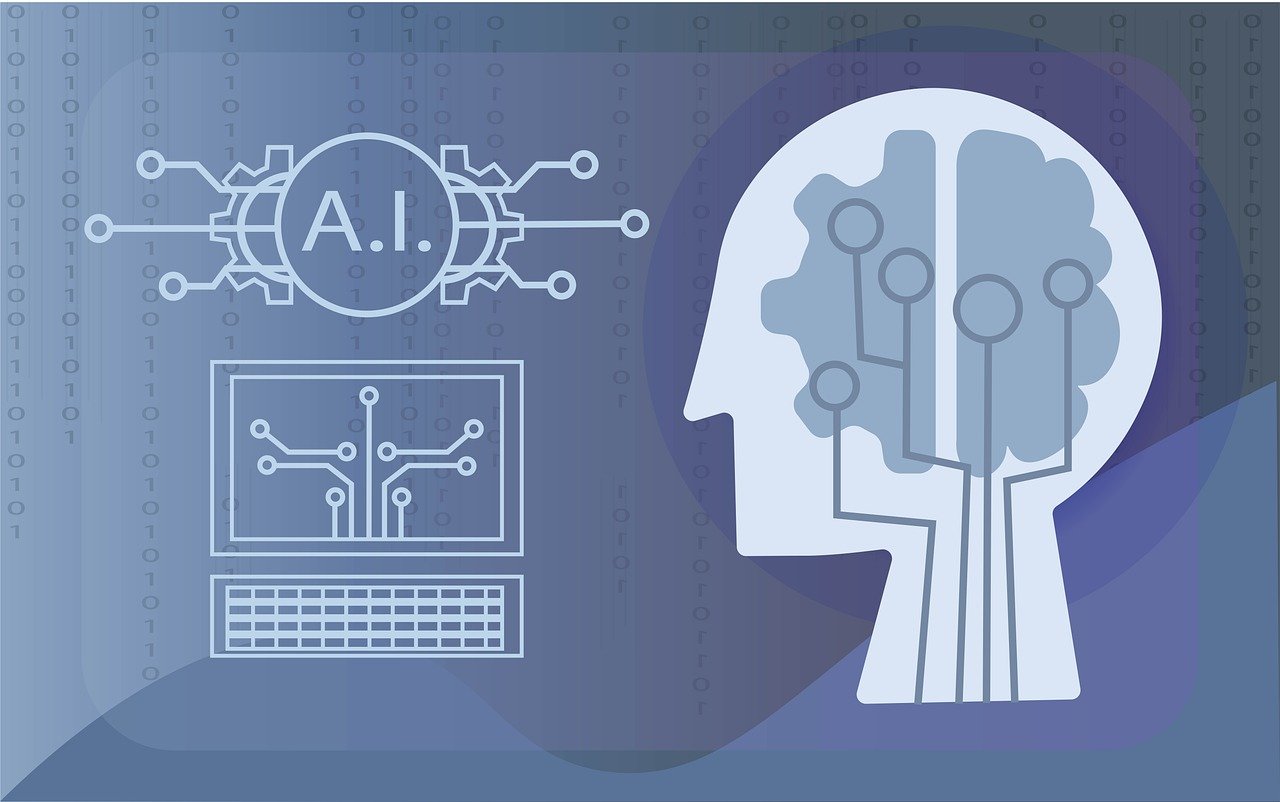Ergonomic AI Interfaces: Reducing Cognitive Strain in Human-AI Interaction

Ergonomic AI Interfaces: Reducing Cognitive Strain in Human-AI Interaction
The rise of artificial intelligence (AI) has transformed how people engage with technology. As AI systems become increasingly integrated into everyday tasks, from virtual assistants to advanced industrial tools, the importance of creating user-friendly, ergonomic AI interfaces is growing. These interfaces aim to reduce cognitive strain and improve the overall experience of human-AI interaction. This article explores the principles behind ergonomic AI interfaces, the benefits of reducing cognitive load, and how designers can make AI interactions more intuitive and effective.
What Are Ergonomic AI Interfaces?
Ergonomic AI interfaces are designed to align with human cognitive and physical abilities, ensuring a smoother interaction between humans and AI-driven systems. Traditional ergonomic principles focus on minimizing physical strain, but when it comes to AI, the focus shifts to reducing cognitive strain— the mental effort required to process and interpret information during interactions. Ergonomic AI interfaces take into account how users perceive, understand, and respond to AI outputs, designing solutions that are easy to grasp and use.
These interfaces blend user-centered design principles with advancements in AI to create systems that feel natural and require less mental energy to operate. Whether through intuitive navigation, clear language, or helpful visual cues, ergonomic interfaces aim to create experiences where users don’t have to expend excessive mental effort to get the desired outcomes.
The Cognitive Strain in Human-AI Interaction
AI systems often operate in ways that aren’t immediately transparent to users. Even when AI is designed to assist, its outputs can be confusing or unpredictable. Cognitive strain arises when users need to process a large amount of information quickly or when they’re unsure how to interact with AI systems.
For example, consider a smart home system that uses voice commands to control devices. If the system doesn’t respond accurately or requires complex phrasing, users might need to repeat instructions, try multiple commands, or even refer to a manual. This increases mental load, leading to frustration and reduced efficiency.
Cognitive strain in AI interactions also emerges from poor feedback loops, vague system instructions, and inconsistent behavior from AI-driven applications. When users need to work harder to understand how an AI system operates, their experience becomes burdensome, undermining the potential benefits of automation and assistance.
Key Features of Ergonomic AI Interfaces
To mitigate cognitive strain, ergonomic AI interfaces should incorporate several key features that prioritize ease of use and clarity. These include:
1. Natural Language Processing (NLP)
Natural language processing allows users to interact with AI systems in a way that mimics human conversation. Interfaces that employ NLP can reduce the complexity of input by allowing users to speak or type commands in everyday language. When users don’t need to learn specific technical terms or commands, they experience less cognitive strain.
2. Clear Visual Cues
Designing with clear visual cues, such as icons, progress bars, or color-coded signals, helps users navigate AI systems without confusion. Visual aids guide users through tasks, offering feedback and reducing uncertainty about how the system is functioning. For instance, a loading bar during data processing reassures users that the system is working, reducing mental effort.
3. Minimalist Design
Overloading users with too many options or dense information creates unnecessary strain. A minimalist approach, focusing on the most essential elements, streamlines decision-making and enhances user comprehension. When interacting with AI systems, users should encounter straightforward menus, uncluttered displays, and intuitive workflows that don’t overwhelm them with unnecessary detail.
4. Contextual Assistance
Providing real-time, context-based assistance can greatly reduce cognitive load. Ergonomic interfaces can anticipate user needs and offer prompts, tips, or automated suggestions when appropriate. This reduces the need for users to remember specific commands or processes. By contextualizing the help offered, these interfaces minimize distractions and keep users focused on their task.
5. Consistent Feedback Loops
AI systems should offer clear, immediate feedback to user inputs. Whether it’s confirming an action, offering an error message, or suggesting an alternative, the feedback loop needs to be transparent and timely. Lack of feedback often results in confusion, causing users to second-guess their actions or the system’s behavior. Clear feedback enhances user confidence, reducing the cognitive effort required to interact with AI systems.
Designing AI Interfaces for Different Contexts
The principles of ergonomic design should be adapted depending on the context in which AI systems are used. Ergonomic AI interfaces will differ across industries and applications based on user needs and the complexity of tasks involved.
1. Consumer Applications
In consumer-facing applications, such as AI-powered personal assistants or smart home systems, simplicity is crucial. These systems are often used by a broad range of people with varying technical expertise, so the interface needs to be accessible to all. Voice interaction, intuitive gesture controls, and clear visual feedback are all critical in reducing cognitive load for users in these contexts.
2. Professional Tools
For more complex professional AI systems, such as those used in data analysis, healthcare, or industrial settings, ergonomic AI design must balance ease of use with the delivery of complex information. In these cases, the interface needs to present large amounts of data without overwhelming the user. Tools like dashboards with customizable views, integrated automation, and AI-driven recommendations help reduce cognitive strain by allowing professionals to focus on critical insights without getting lost in the details.
3. Educational AI Systems
In educational settings, where AI is often used for tutoring or adaptive learning, interfaces need to be engaging and supportive without being overly complicated. AI-driven interfaces that assess the learner’s current skill level and adjust difficulty accordingly can significantly reduce cognitive overload. The key is to make learning seamless, allowing students to focus on content without being distracted by a confusing interface.
The Benefits of Reducing Cognitive Strain
Reducing cognitive strain in human-AI interaction has far-reaching benefits. Users who face less mental effort when engaging with AI are more likely to have positive experiences, leading to higher satisfaction and increased trust in the technology. This not only improves user retention but also enhances the effectiveness of AI applications.
For businesses, streamlined AI interfaces can boost productivity, as users spend less time figuring out how to operate systems and more time completing tasks. In professional environments, reduced cognitive strain leads to fewer errors, quicker decision-making, and a better overall work experience. Additionally, AI systems that are easy to use can reduce training time, lowering costs for organizations.
Looking Toward the Future of Ergonomic AI Design
As AI systems continue to evolve, the focus on ergonomic design will only increase. Future innovations in AI interface design may incorporate more adaptive systems that adjust to individual users’ needs, providing personalized experiences that further reduce cognitive strain. These interfaces could learn from user behavior, predicting actions and offering suggestions before users even need to ask.
Wearable technology, augmented reality (AR), and virtual reality (VR) may also play significant roles in the development of ergonomic AI interfaces, creating immersive experiences that are both intuitive and easy to navigate.
Balancing Human Needs with AI Potential
Ergonomic AI interfaces provide a crucial balance between the complexity of AI technology and human cognitive abilities. By reducing cognitive strain, these interfaces make AI more accessible, enjoyable, and effective for all users. Designers and developers who prioritize ergonomics in AI systems contribute to a more seamless interaction between people and machines, helping users leverage AI’s full potential without the frustration of cognitive overload.
Ultimately, the future of human-AI interaction lies in creating interfaces that understand and adapt to human behavior—allowing technology to work with us, not against us.









